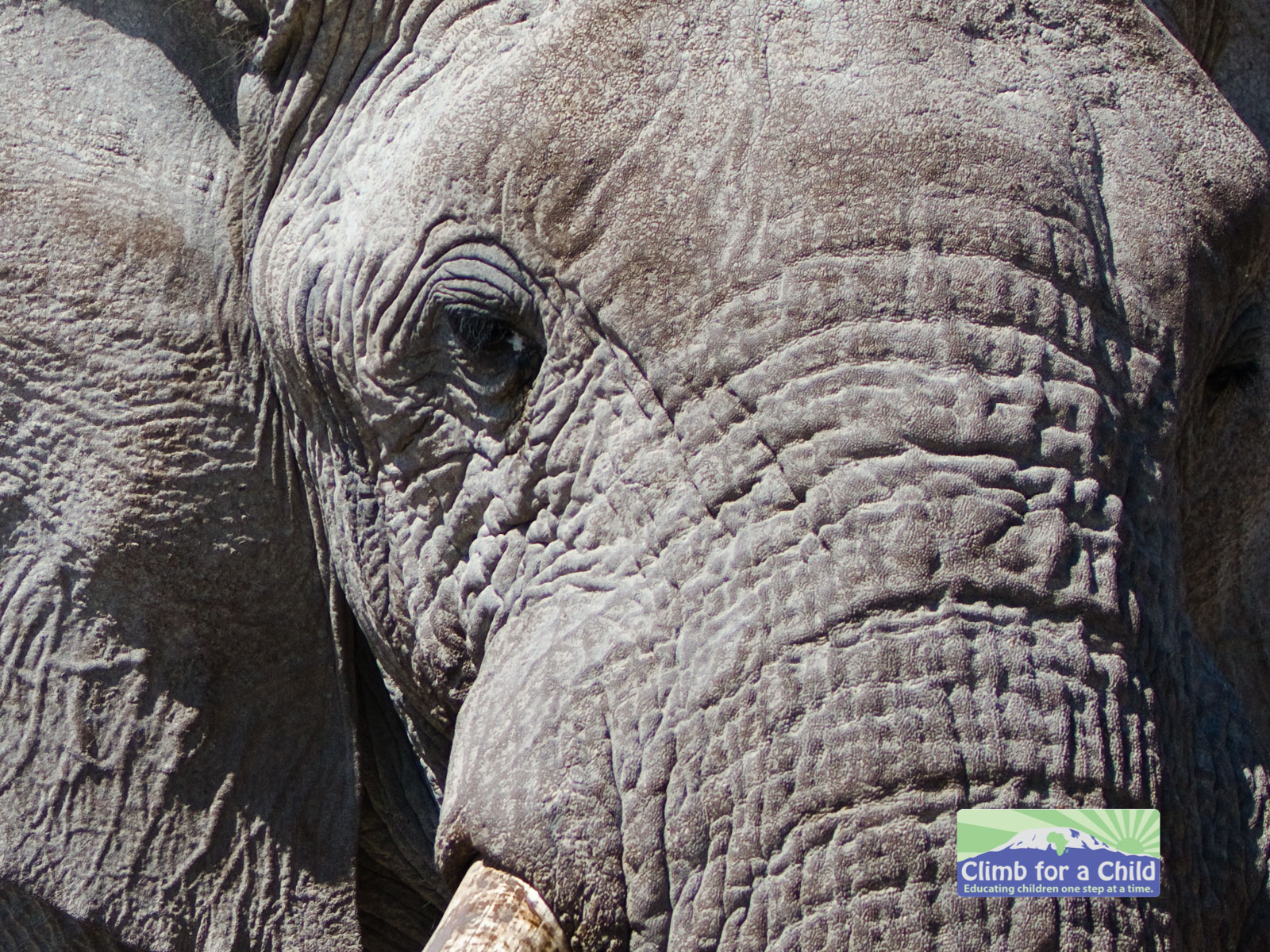In the spring of 2010, I traveled to Tanzania to climb the world’s largest freestanding mountain, Mt. Kilimanjaro. What began as an athletic adventure quickly transformed into a charitable cause. After witnessing the terrible conditions porters and guides are forced to endure on the mountain, and worse, what their children were facing to follow, I worked on a way to help these hard-working families.
@ClimbForAChild Uses cultural immersion to bring people together for the purpose of supporting children out of poverty, with a real education, one step at a time.
The main principles behind Climb for a Child
For the past year, I developed the main tenants and principles behind Climb for a Child.
- Use cultural immersion to educate potential sponsors and connect them to hard working families that are desperate to educate their children..
- Keep the program simple. 100% of sponsor dollars had to serve the kids education.
- Make the program a no nonsense “hand-up”, not a “hand-out” model. Hand-outs make beggars. We wanted well educated kids that were not “entitled”.
- Take it one step at a time.
We had to prove it would work. We had to take each challenge and turn it into an opportunity. We had to have progress and flexibility in our DNA.
I lined up three sponsors, myself, Fred Brooke founder of Angel Charitable Trust, and JDSolarSolutions, my brother’s company. Two good friends of mine, Julia Zhogina and Ken MacKillop., offered to split the costs of the trip and help lay the groundwork for the program. They would experience the “dry run” for the cultural immersion aspect.
The idea had to prove simple and effective: travel in small groups to Mt. Kilimanjaro, work with the same porters and guides each trip, and meet their families through cultural immersion. Learn the real Africa. Get their kids the best educational opportunity possible using proven schools.
With the poor state of government schooling in Tanzania, combined with the unattainable cost of private education for any porters’ or guides’ salary, most of their children’s dreams are obstructed. Visitors would get to hear of their hardships firsthand, and decide for themselves if they would like to choose to sponsor a child through private education to help them reach their goals.
To make a real difference, @ClimbForAChild sponsors have know how their support is being used. Our sponsors have met, worked with, and shared the lives of their students and families, through our cultural immersion trips.
~ed Dean Tweet
Ken, Julia and I headed over in late Febuary of 2011 to lay the ground work.
I knew we had something the day Ken and Julia said to me they would sponsor. The experience of the trip convinced them that the program would work. At no point were they asked to sponsor. It was something that had to come from them. Based on what they had seen and experienced.
5 kids, 2 in-country volunteers, a school selected
We had selected 5 kids for sponsorship. We found 2 in-country volunteers to monitor the program and get the kids back and forth school during breaks and holidays. Such logistics were not possible for the families. Both volunteers had been sponsored for their education, both of them know what is at stake.
We had found a high quality English Medium boarding school, Arusha Modern. We were recommended to the school after meeting with Kim Saville, one of founders of the famous St. Jude’s school in Arusha. Unfortunately their school did not meet our boarding requirements.
We were impressed with the headmaster and the teachers we interviewed. We sat in on classes, talked to students and parents. The food was better than most. The campus was great. Plenty of room, places for soccer (football) and other activities.
The school taught the internationally accredited Cambridge curriculum. This is a school that the local business owners use for their own kids. It was 2-4 times the annual income of the porters. Ranging from $1500-$2500 USD/year based on grade.
It had both primary and secondary schools. Simplifying the future transitions for our students.
We would treat the schools as a business. Payments went directly to the school. No funny stuff. Sponsors would pay the school fees. Simple.
The school’s job was to produce results we could believe in. The kids would be boarded with them. We had lined up two in-country volunteers to monitor and help out.
Getting kids out of poverty doesn't need to be complicated. Pick them up, take them out of poverty, provide them a great education. Just like you do for your own kids.
~ed Dean Tweet
Plenty of Challenges
We faced a lot of challenges. None of kids had any English. Most had to back up 2-3 years from their respective public school grade levels. We had selected kids ranging from 1st grade to the start of high school (Form 1) to see how they adapted.
Communications were difficult and expensive. At this point in time, phone calls from the US were more than $1/minute. No one in TZ had internet or much beyond a simple cell phone.
If things worked out, we would put another trip together, see what needed to be adjusted, start the work to become an official 501(c)3. See if our initial success could be turned to growth.
I scheduled a personal visit to check back a few months later on.
I returned several months later in October of 2011, to check on the Climb for a Child mission.

